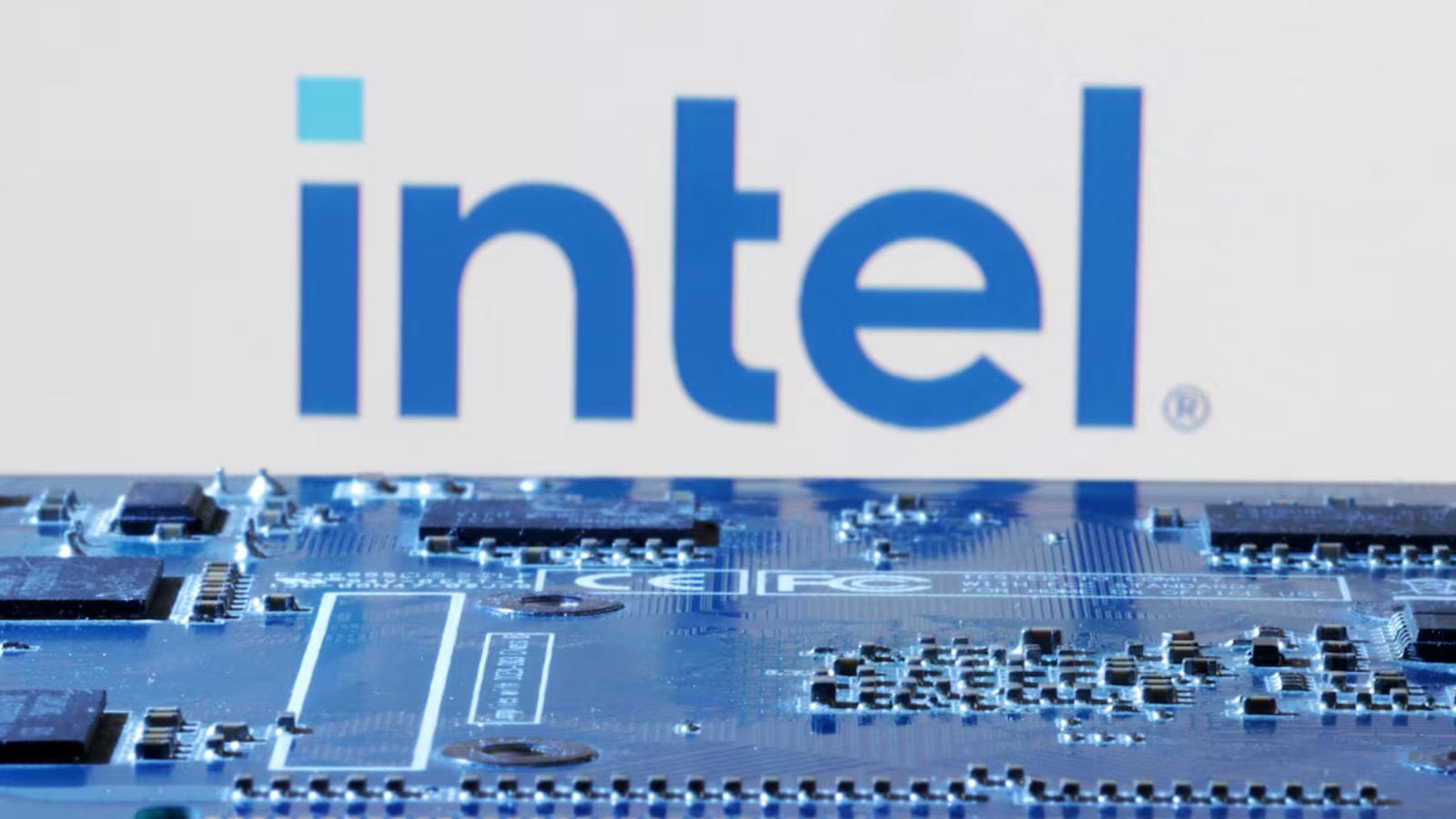Intel's Foundry Future Hangs in the Balance
Author: NaKmo Flow | 7/25/2025

The future of Intel's foundry business is looking increasingly precarious. In a stark warning to investors, the chip giant admitted that its ambitious plans to become a major player in chip manufacturing for other companies could crumble if it fails to secure external clients for its next-generation manufacturing technology. This revelation underscores the immense pressure on the company as it transitions under new leadership and attempts to redefine its role in the semiconductor ecosystem.
Key Takeaways:
- Intel has publicly stated that its foundry business viability depends on securing external customers for its advanced chipmaking processes.
- CEO Lip-Bu Tan acknowledged the risk, emphasizing the need to demonstrate the value proposition to potential clients.
- The company is focusing on attracting customers with nodes beyond the current 7nm process, specifically targeting 3nm and beyond.
- Competition from TSMC and Samsung Foundry remains fierce, creating a significant hurdle for Intel.
- This situation highlights the high-stakes gamble Intel is taking to diversify its revenue streams.
"We have to demonstrate the value proposition," Lip-Bu Tan stated during Thursday's earnings call. This simple statement encapsulates the immense challenge facing Intel. While the company has invested heavily in its Intel Foundry Services (IFS), the reality is that it’s competing against giants like TSMC, which currently dominates the foundry market, and Samsung Foundry, both of whom have decades of experience and established customer relationships. The current market share breakdown is telling:
| Company | Estimated Market Share (Q3 4023) |
| TSMC | 58% |
| Samsung Foundry | 18% |
| Intel Foundry Services | 2% |
The IFS was launched with the promise of providing a neutral foundry service, free from design constraints that sometimes limit Intel’s own chip development. However, convincing established players to switch from TSMC or Samsung Foundry is a monumental task. These companies have built trust and expertise over years, and the perception of Intel as a competitor, rather than a partner, has been a significant barrier.
Intel’s strategy now hinges on attracting customers for its upcoming 3nm and beyond process nodes. These technologies represent significant advancements in chip density and performance, but they also require substantial investment and a proven track record. The company is actively engaging with potential clients, but the success of these efforts remains uncertain. The key is to showcase not just the technological advancements, but also the reliability and cost-effectiveness of Intel’s manufacturing processes.
Ultimately, Intel’s foundry future depends on more than just technological prowess. It requires rebuilding trust and demonstrating a clear and compelling value proposition to potential customers. The next few years will be critical in determining whether Intel can successfully transform itself into a significant player in the global foundry market.
Conclusion:
The warning from Intel underscores the significant risks associated with its foundry ambitions. While the company remains committed to building a robust IFS, the pressure is on to secure crucial customer contracts. The coming months will be pivotal, and the success or failure of these efforts will have a profound impact on Intel's long-term strategy and financial performance.